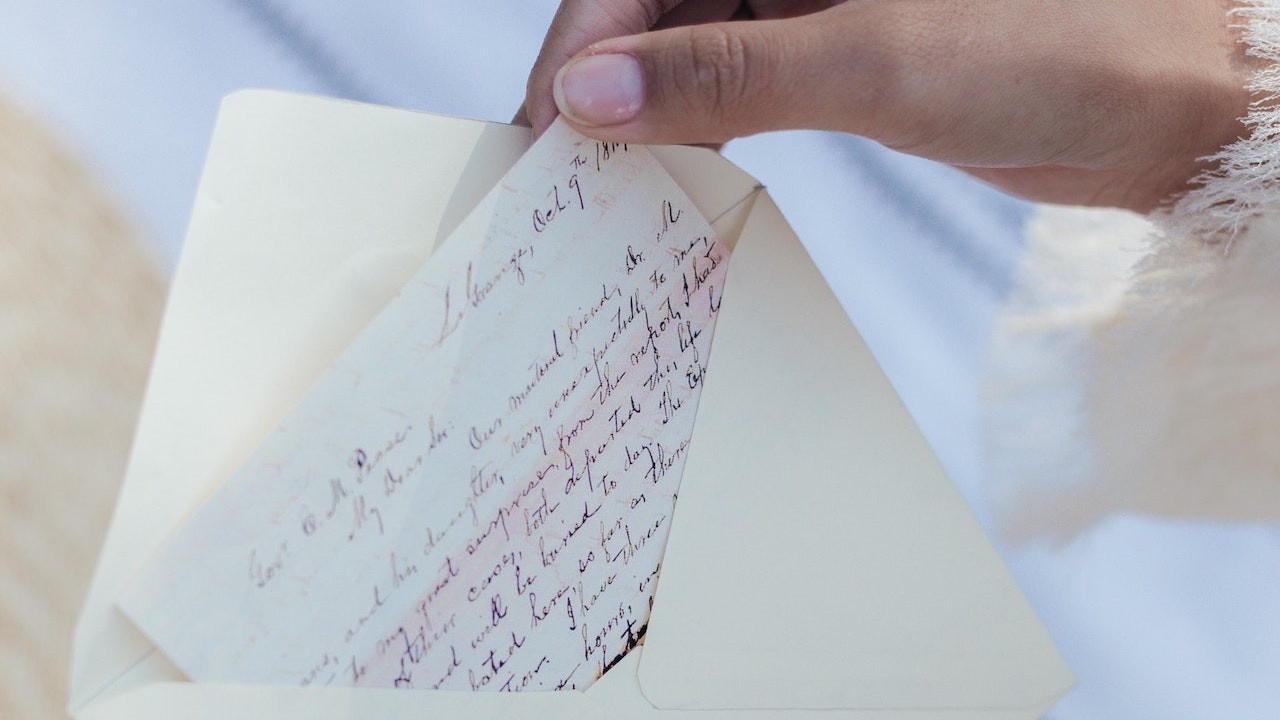The Reinvigorated Appeal of Handwritten Notes

It’s no secret that we live in a world shaped and defined by technology. Communication is faster than ever, but also more impersonal.
Emails have replaced handwritten notes, which are now looked upon as rare and curious relics from a bygone era.
Which, in an ironic twist of fate, is how those humble missives have gained newfound status to a generation unfamiliar with – yet at the same time, intrigued and inspired by - the simple act of sitting down and scrawling a quick note of thanks on a piece of nice stationery.
Statistics Behind the Stationery
A recent survey of 2,000 American adults revealed that millennials not only appreciate writing more but are, surprisingly, more likely to keep hold of handwritten notes than those in their fifties.
And this same survey showed that nearly nine in ten millennials value handwritten notes more than alternative means of communication (i.e., texts and emails).
Yet for all that, handwritten notes continue to be extremely rare compared to direct or electronic mail, elevating them to near-mythic status.
If that sounds like hyperbole, consider this: That same study mentioned above found that a full third of Americans haven’t received a handwritten note in over a year, with 15 percent estimating that it’s been longer than five years since they received one.
Conversely, 75 percent of Americans said they haven’t written any sort of note to someone by hand in at least a month, and 15 percent haven’t written a note in over five years. Three percent report they have NEVER written something to somebody by hand.
These surprising statistics (and more) can be found here.
Hand-addressed – the Unicorns of the U.S. Postal Service
According to the U.S. Postal Regulatory Commission, the average American received only 10 pieces of personal mail for the year in 2017.
In other words, handwritten notes have become the unicorns of the U.S. Postal Service. Fleetingly beautiful, but so rarely seen as to be considered imaginary.
And if something is rare, its perceived value increases exponentially.
Which may explain why companies - especially those dealing in luxury or high-end goods - are rediscovering and incorporating this old-school form of communication in order to cut through digital clutter and establish a stronger emotional bond with their customers.
"Writing to someone, taking the time to craft each letter, to buy a stamp, to select an envelope, to travel to the post office—none of this goes unnoticed. A letter, before the content is even read, has already said, 'I care about you. You’re someone special.' And that is a message that all enjoy." —Wesley Baines, Beliefnet
Reaching Consumers by Cutting Through the Clutter
Digital clutter manifests as a seemingly endless barrage of promotional emails and digital ads that bombard both consumers and business professionals, all competing for their immediate attention.
Consumers, for the most part, are left to sort the wheat from the chaff for themselves, while higher-level executives can put in place gatekeepers – receptionists, secretaries, administrative assistants, mail room staff – to help screen out only the most important of messages.
But in either situation, the handwritten note, by virtue of its uniqueness and personal imprint, often reaches its intended audience where its more sophisticated competition is relegated to the trashcan without ever being opened and read.
From a business point of view, the main appeal of handwritten envelopes is their open rate – a staggering 99%! Factor in their average response rate, which is an amazing 25%, and you can begin to understand their appeal.
By comparison, the open rate for a printed direct mail envelope lags behind at 42%. Bringing up the rear are email ads, with a 21.5% average open rate and click-through rate of 2.3% across all industries.
Even when you factor in the higher cost of handwritten notes, their ROI more often than not justifies the expense.
Who should prep the handwritten pieces?
Domo Arigato, Mister Roboto
Simple thank you notes and the like can be written out and mailed by a single person or small, in-house support staff. But for larger campaigns, there now exists proprietary software which allows robots to replicate the intricacies of human writing and produce handwritten notes at a much quicker pace, larger scale, and lower cost.
Companies providing this service are a definite option. But alongside them, there still remains those companies that offer more traditional handwritten letters penned by actual human beings.
Ultimately, the choice of which route to take is a balancing act between time, money, and preference.
Robots can be programmed to mimic human writing, but to the trained eye, there are still “tells” that give away the fact that the writing is mechanical, not biological, in origin.
But as technology improves, those subtle quirks unique to the human hand will soon be replicated by robots, as well. On that not-too-distant day, we’ll all receive an elegantly penned, handwritten note that informs us, “Resistance is futile.”
"Texting and email are mostly reactionary. You need information, so you reach out. Writing letters is much more deliberate. You do it to give, not to receive." —Kyle Young, Lifehack
Whether penned by man or machine, the power of a handwritten note cannot be understated. It has the ability to penetrate the most well-guarded walls of corporate executives, as well as charm a potential customer into opening up the hand-addressed envelope and actually read the personalized contents within.
So, it would seem, in this day and age of digital marketing and electronic communication, that the humble human hand still holds the key to success.
Written by Kinn Melby
Image by Rob Lach

